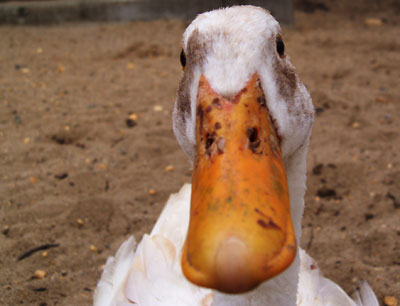All Nonfiction
- Bullying
- Books
- Academic
- Author Interviews
- Celebrity interviews
- College Articles
- College Essays
- Educator of the Year
- Heroes
- Interviews
- Memoir
- Personal Experience
- Sports
- Travel & Culture
All Opinions
- Bullying
- Current Events / Politics
- Discrimination
- Drugs / Alcohol / Smoking
- Entertainment / Celebrities
- Environment
- Love / Relationships
- Movies / Music / TV
- Pop Culture / Trends
- School / College
- Social Issues / Civics
- Spirituality / Religion
- Sports / Hobbies
All Hot Topics
- Bullying
- Community Service
- Environment
- Health
- Letters to the Editor
- Pride & Prejudice
- What Matters
- Back
Summer Guide
- Program Links
- Program Reviews
- Back
College Guide
- College Links
- College Reviews
- College Essays
- College Articles
- Back
A Sticky Situation
Long long ago in the year of 2007, Jerry Seinfeld voiced a bee in the famous “Bee Movie.” It has been a long time, over ten years, since that movie was released to the public and I still find jokes about it on the internet. Before this, I didn’t know that the “Bee Movie” lies when it comes to the ecosystem collapsing without honeybees.
Earth has a problem when it comes to bees. Honeybees are important to ecosystems but they are also destroying the population of other pollinators. I’m going to prove this by starting at the beginning and using credible sources.
According to Inside Science, authored by Nala Rogers and published January 23rd, 2017, humans first domesticated bees 9,000 years ago. They are native to Asia, Europe, and Africa, but humans have brought them around the world. These bees, usually used commercially, can spread diseases to other pollinators causing the commercial bees numbers to increase but the wild bees numbers to decline. When we brought them over the bees established feral populations as well causing native bees to either adapt to this invasive species or go extinct. Studies by Sheila Colla and her colleagues at York University in Toronto show that endangered bee species such as the Rusty Patched Bumblebee have disappeared from three-fourths of their historic range. In South America, they are having a similar problem.
Patagonian Bumble Bees native to South America, are the largest bumblebees in the world and are recognized by their fluffy orange bodies. They lived mainly in Chile and Argentina pollinating crops there. Just recently many disappeared when people brought in bumblebees to those native areas. According to UCANR, published March 14th, 2014 authored by Kathy Garvey, honeybees were brought to America in 1622 to the Jamestown colony in present-day Virginia. Honeybees also didn’t reach California until 1853 in the middle of the gold rush. The native Americans used to call it “the white man’s fly.” The article also says that honeybees do not have an active effect on the ecosystem as they have figured out how to portion nectar with the other bee species.
According to BBC’s article published the 12th of August, 2014 titled “Would we starve without bees?”, one of the best successors to honeybees would be hoverflies which are known to help pollinate wildflowers and human crops. Another good candidate for the position is the bumblebee which makes a lot of sense as they pollinate most of the same crops. The third best candidate would be butterflies but they are much less efficient than bees. The last candidate would be humans which would be slow and most likely lead to steep price rises.
Most of the information I got in this next section is linked to in a National Geographic blog titled “Honeybees help farmers but they don’t help the environment.” According to National Public Radio in an article by the same name authored by Dan Charles and published on January 27th, 2018, in an environment with plenty of flowers and plants to pollinate the honeybees get on in peace with wild bees, but if an orchard stops blooming honeybees usually win a competition between wild bees and honeybees.
There are so many bees out there that we may never identify them all. Some bees can fit through a cocktail straw while some are metallic green. There about 20,000 different species of bees! Many of which could go extinct with time if the common honeybee takes over the economy like it is currently doing. Jonas Geldmann of the University of Cambridge said that “A healthy economy needs bees… Just not honeybees.”

Similar Articles
JOIN THE DISCUSSION
This article has 0 comments.